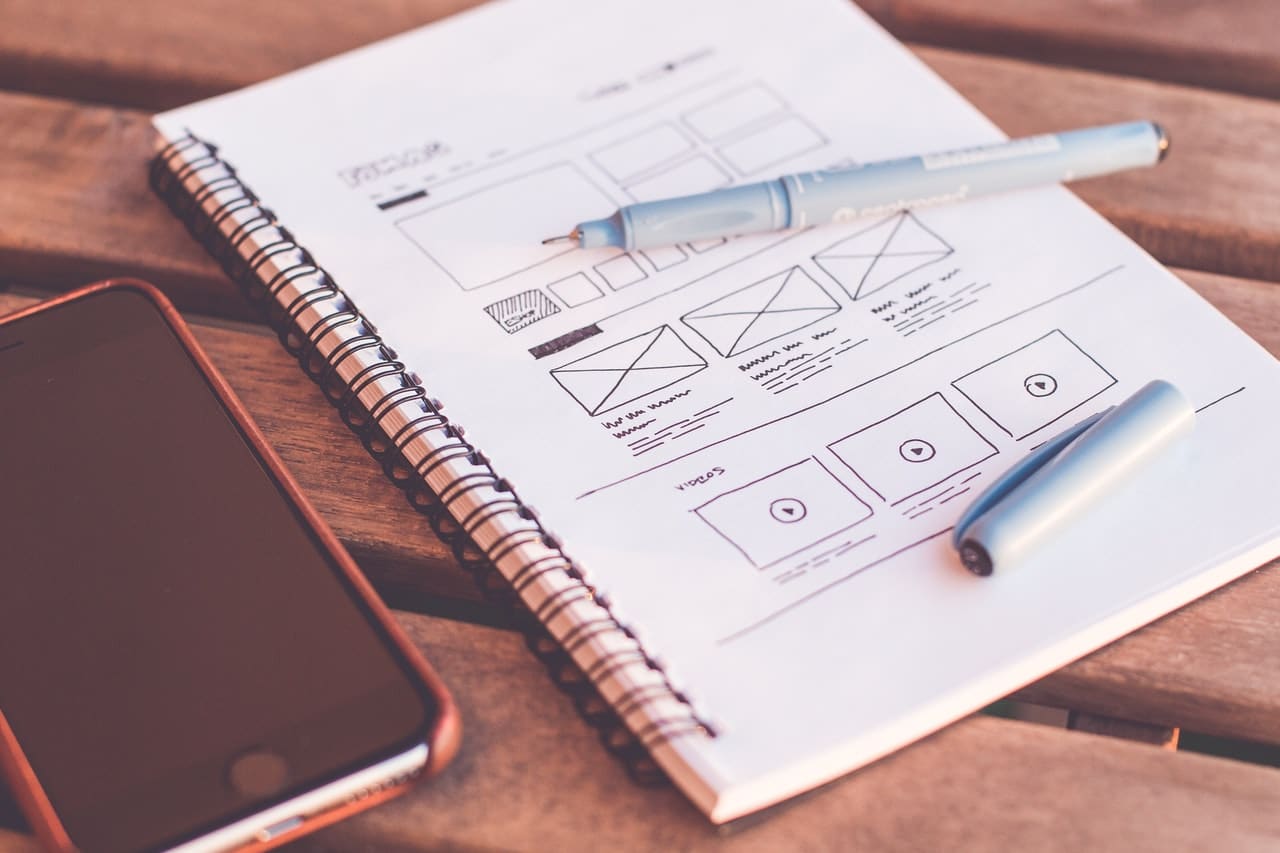Usability testing is necessary to understand how users react when they interact with a product you’ve built. It lets you know if you’ve missed important features if there are any adjustments required and more.
Every business has the option to choose their testing methods, but the one that’s most popular and efficient is lab testing. This involves renting a usability lab (if the business doesn’t have one) and inviting possible users to test the product while observation equipment registers their reaction.
Still, each new test is different, and there are lots of ways things could go wrong. Today we’ll discuss the top three most important ones that are relatable in the current socio-economic scenario.
Table of Contents
What Does a Usability Testing Mistake Imply?
Before we discuss mistakes, let’s first make it clear why the topic is important. After all, just how much of an impact a mistake in this phase could have?
The main implication is that your data will be tainted. The main reason for such a test is to understand the user experience while interacting with the product. If a mistake is made while setting up the testing environment or with the communication with the users, the results will be different than the ones you will get in the market.
So, to get the best possible results, you must make sure that everyone involved in the process (from testers to organizers) understands the purpose and meanings of the session. Otherwise, the chances to get a wrong reading are very high.
1. Testing at the End
If you want to make sure there are no delays in production and the process runs smoothly, you must integrate usability testing in the development process. If testing is the last step in the process, you risk discovering a major flaw that must be addressed before launching the product. This usually means delays in the launch of the product, which translates to loss of reputation and profit.
On the other hand, if testing is done along the development process, any bugs and/or flaws will be addressed and fixed at the moment of their discovery. Also, there shouldn’t be only one testing phase – for maximum efficiency, at least two testing phases are necessary.
2. Usability Testing Methods During Lockdown
Things have changed a lot since the COVID-19 pandemic started so lab testing is no longer an option. And, while remote usability testing was quite common before the lockdown, now companies had to adapt and find creative ways to engage users in testing while at home.
This implies reliance on WiFi connectivity (which can be fluctuant in some regions), users’ schedules and environment, and more. In addition, if you are website usability testing or testing a software product, you also need to worry about extra security measures and accidental reveals.
It may sound like a logistics nightmare, but once you have the process set up and going, things get easier. Even more, remote usability testing has its undeniable benefits such as reaching the user in their natural environment (where the product is designed to be used), access to more participants, and more.
3. The Audience
For a test to be successful (regardless of results) the company must find the right audience for the product. This means that you need to identify users who are most likely to use the product when it is released.
The major mistake many entrepreneurs make is testing with their relatives, friends, or co-workers. It saves time and money and it is an audience they have access to without too much effort. However, the results won’t be useful since these are not the same people who will buy the product once it is released on the market.
To identify the proper audience, the company should carry proper screening before selecting the testing audience. Also, if the testing is performed for a client’s product, you should send them the profile for the best audience.
Wrap Up
There is no doubt usability testing is necessary. However, like many useful business tools, it matters how you implement it. A few wrong steps are enough to turn testing into a difficult process, which can (and usually does) result in delayed releases and loss of profit, if not worse.










